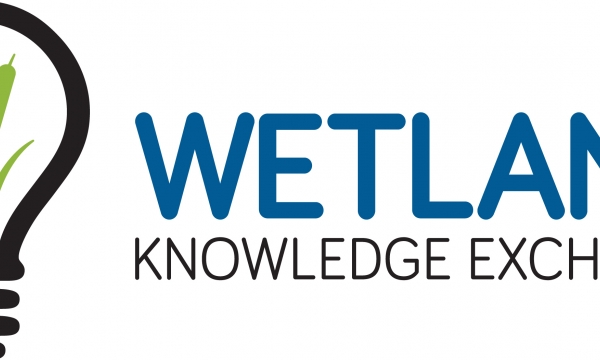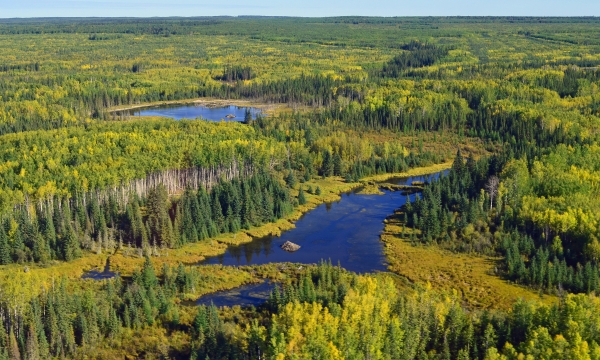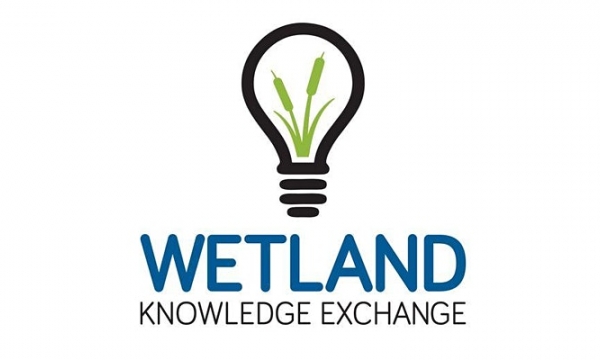Wetland Knowledge Resources
Resource
Authors
Wetland Knowledge Exchange
Resource Date:
September
2021
The Wetland Knowledge Exchange releases monthly newsletters that highlight new research, publications, news, interesting facts, events and more. In this edition you will learn about: The Society for...
Resource
Authors
Laura Chasmer
Edberto Moura Lima
Craig Mahoney
Chris Hopkinson
Joshua Montgomery
Danielle Cobbaert
Resource Date:
August
2021
Bi-temporal LiDAR data used to identify correspondence between density of anthropogenic disturbances, wetland shape complexity and changes in vegetation height within >1800 wetlands near Fort McKay
Resource
Authors
Bin Xu
Line Rochefort
Melanie Bird
Bhupesh Khadka
Maria Strack
The prompt introduction and establishment of peatland donor species through moss layer transfer technique was crucial to the overall re-establishment of peatland vegetation.
Resource
Authors
Alberta Biodiversity Monitoring Institute
We’re pleased to announce the release of the ABMI Alberta-wide Wetland Inventory—our most up-to-date and high-resolution wetland data yet.
Resource
Resource Date:
August
2021
With the support of Alberta Environment and Parks, the Alberta Biodiversity Monitoring Institute has become the trusted source for data about habitat, species, and the human footprint.
Resource
The Wetland Knowledge Exchange releases monthly newsletters that highlight new research, publications, news, interesting facts, events and more. In this edition you will learn about: Smouldering...
Resource
Authors
Wetland Knowledge Exchange
The Wetland Knowledge Exchange releases monthly newsletters that highlight new research, publications, news, interesting facts, events and more. In this edition you will learn about: Fen response to...
Resource
Authors
Wetland Knowledge Exchange
Resource Date:
August
2021
The Wetland Knowledge Exchange releases monthly newsletters that highlight new research, publications, news, interesting facts, events and more. In this edition you will learn about: Vegetation...
Resource
Authors
Dee Patriquin
Alex Zeller
Karen Truman
Rebecca Hay
Sophie Gibbs
This document provides decision-making criteria to assist in various aspects of roadway design and operation for management of sustainable road systems
Resource
Authors
Katherine Dearborn
Jennifer Baltzer
Resource Date:
March
2021
This resource is available on an external database and may require a paid subscription to access it. It is included on the CCLM to support our goal of capturing and sharing the breadth of all...







